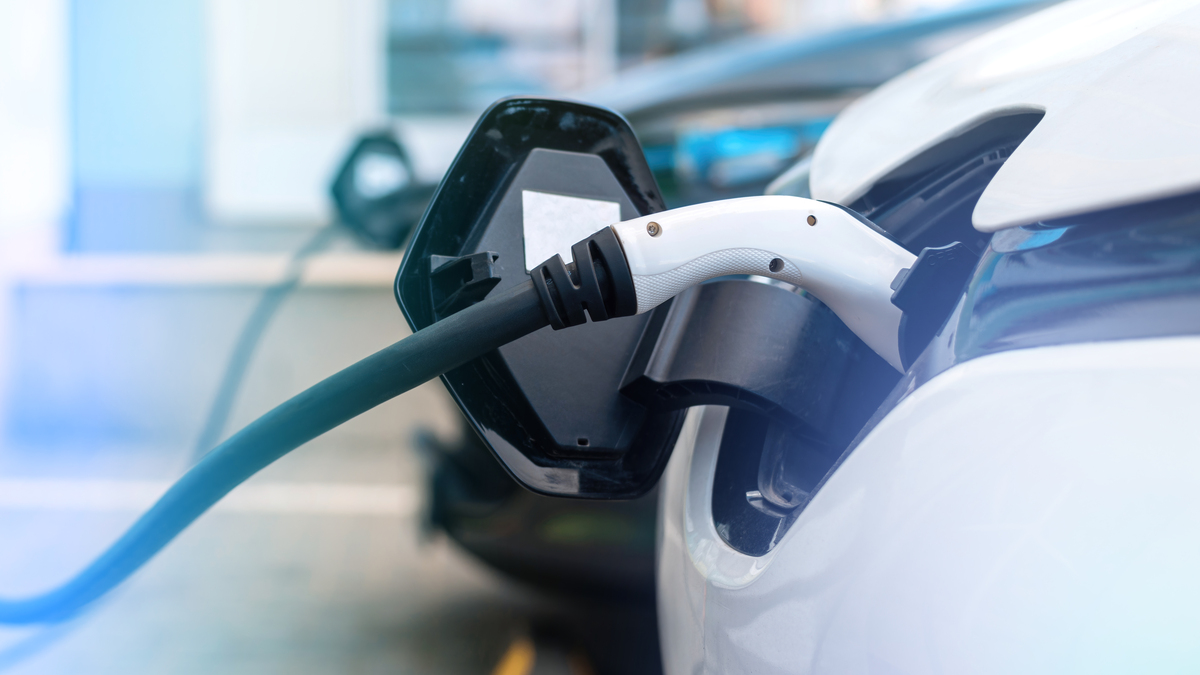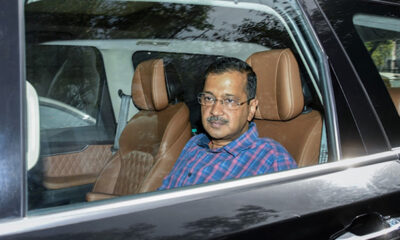Auto
India’s Electric Vehicle Revolution: Challenges and Progress
Published
3 months agoon

As the global automotive landscape shifts towards Electric Vehicles (EVs), countries like India are striving to embrace this transformative culture, albeit facing challenges in infrastructure development. Marksmen Daily engaged experts to glean insights on societal and environmental enhancements.

India’s EV Landscape
In January 2024, India witnessed a record high of 81,000 electric vehicle units sold, signalling a promising surge in adoption. The Government of India has been proactive in promoting EV usage, notably through initiatives like the Faster Adoption and Manufacturing of Electric Vehicles (FAME) scheme.
Launched in 2015 under Prime Minister Modi’s leadership, FAME aims to incentivize EV purchases, making electric mobility more accessible and economical. The scheme’s second phase, FAME 2, introduced in 2019 with a substantial allocation of Rs. 10,000 crores, has catalysed electric mobility further. Extended to March 2024 due to pandemic-induced setbacks, FAME 2’s increased budget is poised to expand its impact.
FAME 2 has already spurred a transformative shift, facilitating the adoption of 7,000 e-buses, over 500,000 electric three-wheelers, 55,000 electric four-wheelers, and a million electric two-wheelers.
India stands as the world’s third-largest automobile market, with EV sales comprising 3-5 percent of total sales. Notably, EV sales surged by 49 percent year-on-year in 2023, reaching 1.53 lakh units, predominantly driven by two-wheelers. The government’s demand subsidies under FAME scheme and production-linked incentives for advanced chemistry cell manufacturing have bolstered early-stage EV adoption.
Despite progress, infrastructure remains a key hurdle. India boasts 12,046 EV charging stations as of February 2, 2024, with Maharashtra leading at 3,079 stations, followed by Delhi, Karnataka, and other states.
While India’s electric vehicle market shows promising growth, addressing infrastructure challenges and sustaining government support are critical for realising the full potential of electric mobility, which is gaining mass popularity.
Significant cost savings
The cost savings of an EV are simply too substantial to ignore for the average consumer. If one takes the example of a Tata Nexon EV, it has two battery options; a 40.5 kWh and 30 kWh battery.
Assuming you pay approx. Rs. 10 per unit of electricity at home, that translates to Rs. 405 and Rs. 300 for a full charge from zero capacity. With a 200-300 kilometer range, that translates to approx. Rs. 1-2 per kilometer. A DC Fast Charging station will charge more, between Rs. 15 to Rs. 22 per kWh, but even then, a charge some 20 kWh will cost you at most Rs. 495 for the pricier vendors. For comparison, petrol retails at approx. Rs. 110 a liter in Mumbai, and the equivalent “half tank” of 20 liters in an internal combustion vehicle would cost some Rs. 2200, leading to a significantly higher cost per kilometer.
This difference becomes even more pronounced at higher mileage counts, which means that the more you drive an EV, the more you save by way of running costs. Roughly, a 1000 kilometer journey in an EV with AC charging at home or overnight stays would cost you up to Rs. 2000, which would easily cost you up to Rs. 10000 or more in an equivalent performing internal combustion vehicle. In fact, you could be paying virtually nothing if your house is powered by solar energy.
Not All Smooth Sailing
There are, however, some key considerations to keep in mind for traveling with EVs, especially on Indian highways. The range of EVs are heavily reliant on not just their innate battery capacity, but also the driving style. Simply put, the greater your speed, the more you will see your range plummet. For instance, driving at speeds of around 120-150 km/hr for a sustained period will greatly reduce your driving range, and the recuperation of energy you normally see in the city will not happen as much on the highway since frequent braking does not happen.
Even if you drive at speeds of 80-100 km/hr, you will need to stop for a charge sooner rather than later. And even if you have planned your charging session to coincide with a meal or break on the highway, there are still chances of your choice of charging station not being available when or even operational when you arrive. What’s more, the fragmentation of charging apps means you might need to keep multiple wallets topped up. This, coupled with the vital nature of mobile phone network coverage to access these many wallets, makes charging your EV on the go a bit of a gamble.
Expert suggestions

Bal Malkit Singh, Chairman of the Core Committee and former President of the All India Motor Transport Congress, emphasizes the vital role of these measures in advancing EV adoption.
Mr. Singh highlights the stark disparity between the EV discourse and actual progress, citing obstacles such as high costs, inadequate charging infrastructure, expensive servicing, and diminishing tax subsidies.
To overcome these hurdles, Mr. Singh proposes the following recommendations:
- Affordable Pricing: EVs need competitive pricing to incentivize swift adoption compared to traditional vehicles.
- Government and OEM Incentives: Generous incentives and subsidies from both the government and Original Equipment Manufacturers (OEMs) can fuel interest in EV adoption.
- Rapid Expansion of Charging Infrastructure: Developing charging infrastructure rapidly and ensuring accessibility for all are crucial steps to alleviate range anxiety and promote EV usage.
- Focus on R&D: Prioritizing research and development efforts can enhance battery longevity, expedite commercial rollout, and facilitate seamless integration with existing vehicles.
- Addressing Commercial Vehicle Concerns: Overcoming challenges such as high adoption costs, limited economic viability due to unrealistic freight rates, heavy taxation, and short vehicle lifespan is essential to make EVs appealing in the commercial trucking segment.
You may like
-


Island Indulgence: Waikiki Serves Up a Slice of Hawaiian Bliss in Mumbai
-


Paytm Stock Rallies 5% on Positive News, Signs Point to Rebound
-


National Technology Day, 11th May, 2024
-


Supreme Court grants Arvind Kejriwal interim bail till June 1
-


Mumbai’s real estate booming, Top realtors gave credit to better infrastructure, policy amendments
-


Uncovering the Dark Truths Behind Saudi’s Futuristic Mega-City: Neom’s Trail of Tears


